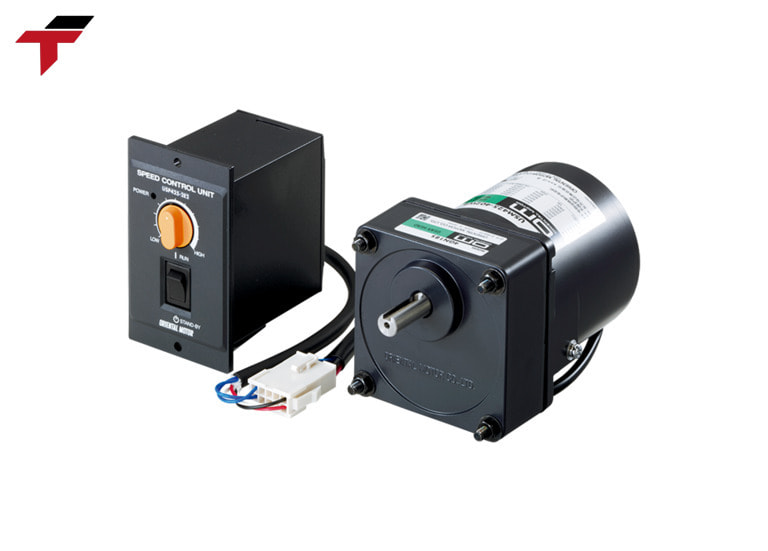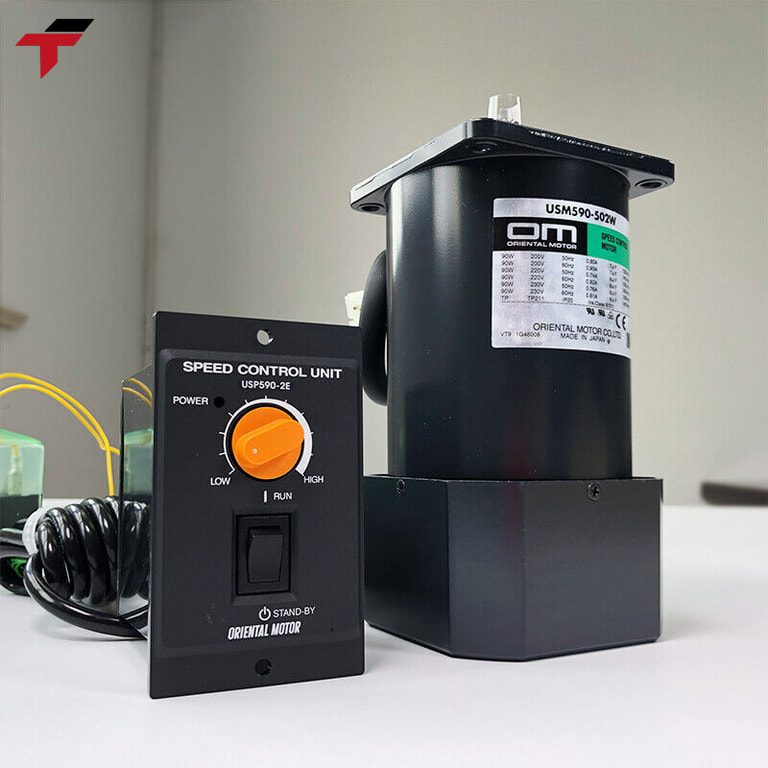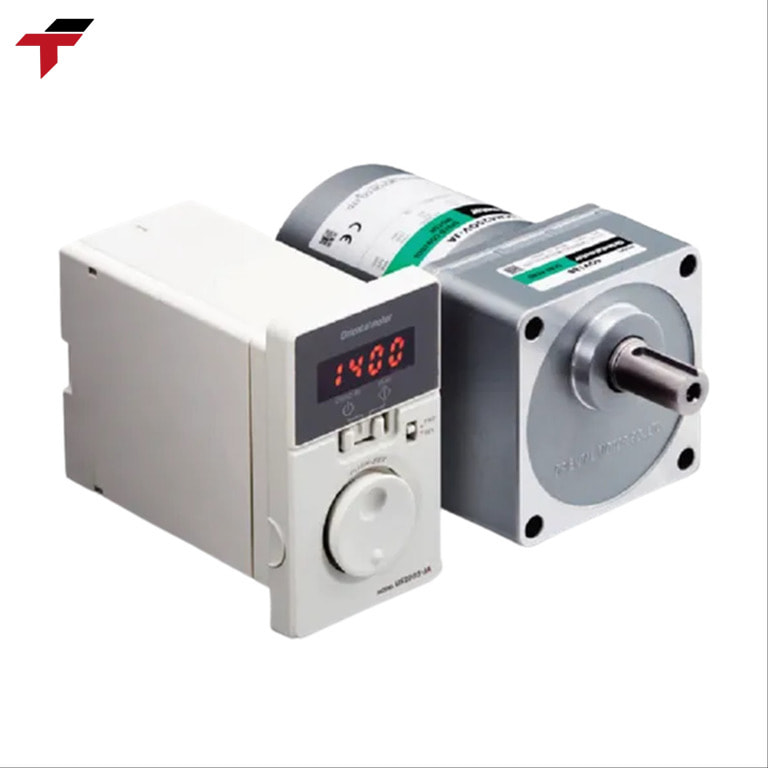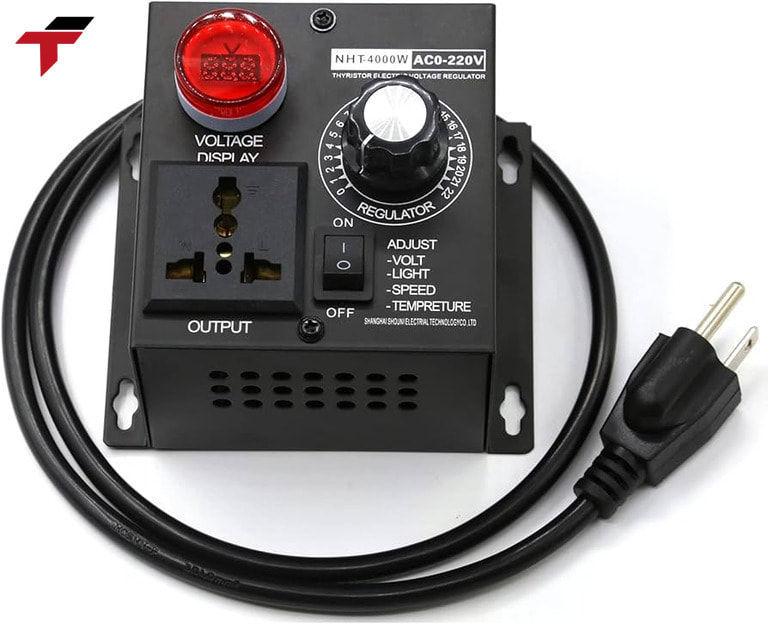In the era of automation 4.0, speed control is key in optimizing production processes and improving operational efficiency. With the combination of modern technologies such as IoT and AI, speed control not only saves energy but also ensures high precision and prolongs equipment life.
From industrial production to household appliances, speed control helps improve productivity and reduce operating costs, creating smart and sustainable automation systems.

What is the Speed control?
What is the Speed control?
Speed control is the process of adjusting the operating speed of a device or system to meet specific requirements during operation. This is an important factor in industrial and automation applications where the speed of a motor or machine needs to be maintained or changed to optimize performance, save energy or protect equipment.
What are the benefits of speed control?
- Process Optimization: Speed control allows the speed of machinery and equipment to be adjusted to suit each stage of the process, increasing production speed when needed and slowing down when needed. This helps optimize time and resources, leading to increased overall productivity.
- Reduced Downtime: Precise speed regulation helps minimize problems caused by overloads or overspends, thereby reducing downtime and ensuring continuous operation of the system.
- Ensure product quality: Precise speed control helps maintain a stable speed during production, ensuring product consistency and quality.
- Save energy: The system only consumes the energy needed by reducing motor speed when the load is light. In particular, the use of variable frequency drives (VFDs) significantly reduces energy loss, especially in applications such as pumps and fans.
- Increase equipment life: Speed control helps reduce mechanical impact and wear on machinery, especially during starting and stopping of equipment. This not only helps prolong the life of the motor but also protects important components, avoiding the risk of overload or overheating.
- High integration capability: The speed control system is highly compatible with automation systems such as PLC, DCS and SCADA, allowing remote monitoring and speed adjustment.

Advantages of Speed control
Common Speed Control Methods
Mechanical control: This method uses mechanical devices such as gears, belts, pulleys or clutches to change the motor’s output speed. This is a simple, low-cost method, often applied in systems that do not require high precision.
Electronic control: Speed control using electronic devices provides high precision and efficiency, including:
- Variable Frequency Drive (VFD): Changes the input frequency and voltage to adjust the speed of an AC motor.
- Servo controller: Used in systems that require precise speed and position control, such as industrial robots.
- SCR controller: Applied in DC motors, controlling speed by adjusting the input current.
Hydraulic control: Uses fluid pressure to adjust the speed of a cylinder or hydraulic motor. This method is often applied in heavy-duty equipment such as presses, excavators or cranes.
Pneumatic control: Based on air pressure to control the speed of equipment such as air cylinders, pneumatic motors. This is a common method in light automation systems or in the food processing and packaging industries.
Electromagnetic control: Using electromagnetic fields or magnetic forces to adjust speed, often seen in induction motors or magnetic brake systems.
Each speed control method has advantages, disadvantages and is suitable for different applications. The choice of method depends on the specific requirements for accuracy, load and operating costs.

Common Speed Control Methods
Applications of speed control
Speed control has wide applications in many different fields, especially in industrial automation and related industries. Here are the prominent fields:
- Manufacturing industry: In production lines, speed control helps ensure synchronization between equipment such as conveyors, cutting machines, and presses. Speed is adjusted to suit each production stage to optimize performance and ensure product quality.
- Transportation industry: Speed control is applied in cruise control systems of cars, trains and other vehicles. It helps optimize travel speed, save fuel and increase safety during operation.
- Oil and gas industry: In oil and gas exploitation and processing, speed control is applied to adjust the speed of pumps, fans and other equipment to optimize operating efficiency and save energy, especially in continuous operating systems.
- Renewable energy industry: In renewable energy systems such as wind turbines or solar generators, speed control helps to optimize the energy output by adjusting the rotation speed of the turbine according to environmental conditions.
- Household appliances industry: Speed control is applied to improve the efficiency and convenience of appliances such as washing machines, vacuum cleaners, electric fans, blenders and air conditioners, etc.

Speed control is commonly used in industries
Conclusion
In short, Speed Control is a core concept in many engineering and industrial fields, playing an important role in optimizing performance, ensuring safety as well as improving product quality.
With the continuous development of technology, speed control systems are becoming more and more intelligent and efficient, contributing positively to the development of society. A clear understanding of the principles and methods of speed control will be an important foundation for building and operating modern systems in the future.
